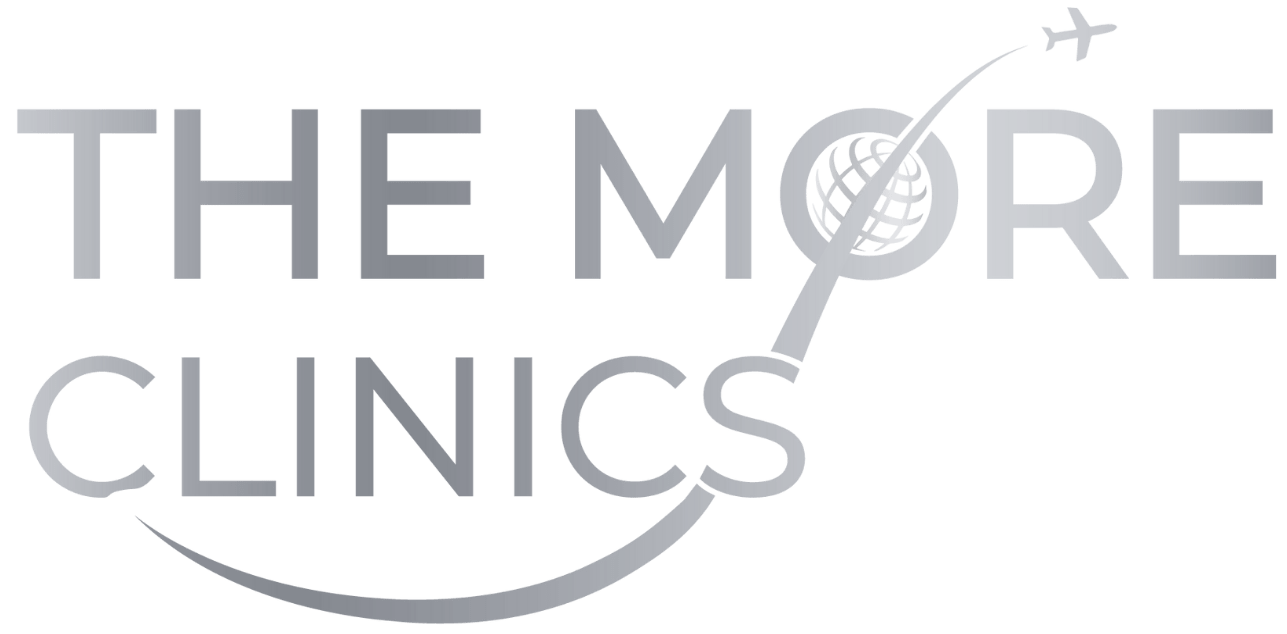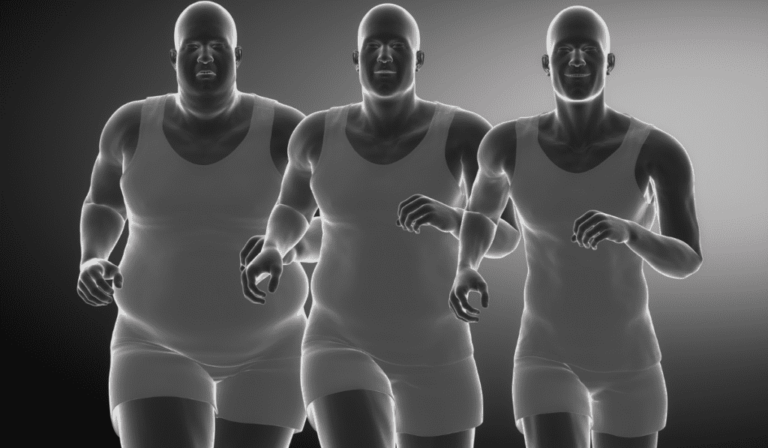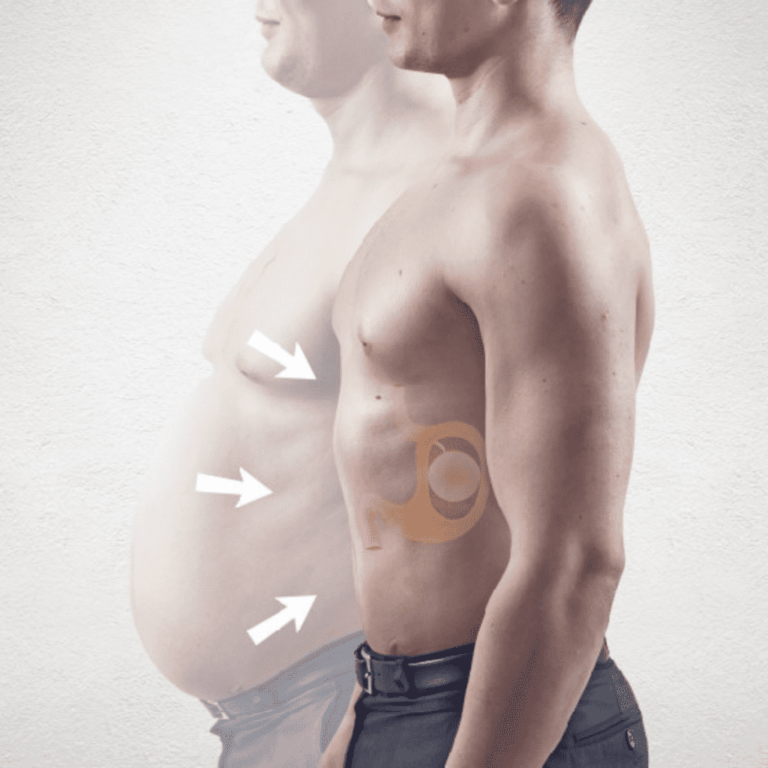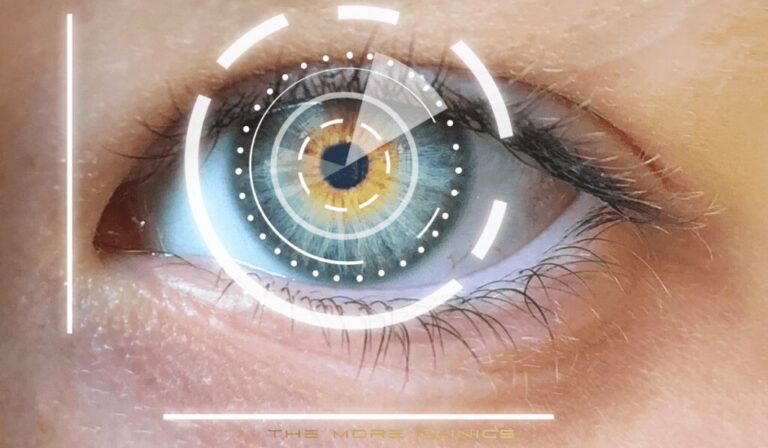Presbyopia: A Comprehensive Guide
What is Presbyopia?
Presbyopia is a natural, often age-related condition, where the eye gradually loses its ability to focus on objects that are close up. This typically becomes noticeable around the age of 40 and is a normal part of the aging process that affects everyone to some degree.

At the root of presbyopia is a gradual hardening and thickening of the lens inside the eye, making it less elastic and thus unable to adjust its shape as needed to focus on close objects. As a result, people with presbyopia may find themselves having difficulty focusing on reading materials up close or needing bifocal glasses to see both near and far.
How common is it?
Presbyopia is quite common among adults over the age of 40. According to data from the American Academy of Ophthalmology, approximately 1.8 billion people worldwide are affected by presbyopia, and that number is expected to rise as the global population ages. In the United States alone, it is estimated that over 110 million people are presbyopic.
What are the Presbyobia Causes?
The main causes of presbyopia are related to age and the natural aging process of the eye. Here are several factors that contribute to the development of this condition:
- Aging of the Eye’s Lens: With age, the lens of the eye becomes less flexible, inhibiting its ability to change shape and focus on near objects.
- Decreased Muscle Flexibility: The muscles surrounding the lens also lose flexibility with age, further reducing the lens’s ability to adjust its focus.
- Genetic Factors: Some people may have a genetic predisposition towards developing presbyopia earlier or more significantly than others.
- Environmental Factors: Certain behaviors, like prolonged close-up work or exposure to UV light, may potentially speed up the onset of presbyopia.
Symptoms of Presbyopia
Symptoms of presbyopia can vary among individuals, but some common signs include:
- Difficulty reading small print, particularly in low light conditions.
- Needing to hold reading materials at arm’s length to focus properly.
- Experiencing eyestrain or headaches after doing close work, such as reading or using a computer.
- Noticing a temporary improvement in near vision when squinting.
- Experiencing fatigue or headaches after any activity that requires focusing on something close up.
- Requiring brighter lighting when reading or doing close-up work.
Who is in the Risk Group?
Presbyopia can affect anyone over the age of 40, regardless of gender or ethnic background. However, some people may be at an increased risk for developing this condition due to lifestyle factors like smoking and alcohol consumption, and long-term exposure to blue light from devices like smartphones and computers.
In addition, certain medical conditions such as diabetes or high blood pressure can put a person at an increased risk of developing presbyopia.
Other Refractive Errors
Presbyopia is one of several refractive errors that can affect vision. Other common refractive errors include:
1. Nearsightedness (myopia): Difficulty seeing distant objects clearly, while nearby objects appear sharp.
2. Farsightedness (hyperopia): Difficulty seeing nearby objects clearly, while distant objects appear sharp.
3. Astigmatism: Blurry or distorted vision at all distances due to an irregularly shaped cornea or lens.
What are the Presbyopia Treatment Options?
Several treatment options are available to correct presbyopia, including:
1. Reading glasses: Over-the-counter or prescription reading glasses can help improve near vision for close-up tasks.
2. Bifocals, trifocals, or progressive lenses: These eyeglasses have multiple focal points to provide clear vision at different distances, accommodating both distance and near vision needs.
3.Conductive keratoplasty (CK): This minimally-invasive procedure uses radio waves to reshape the cornea, thereby improving near vision.
4. Multifocal contact lenses: Contacts with multiple focal points can provide an alternative to glasses for correcting presbyopia.
5. Refractive surgery: Laser eye surgery Procedures such as: LASIK, PRK, RELEX SMILE or Lens Replacment Surgery can reshape the cornea, reducing or eliminating the need for corrective eyewear. Related Post: Trifocal Lenses Guide.
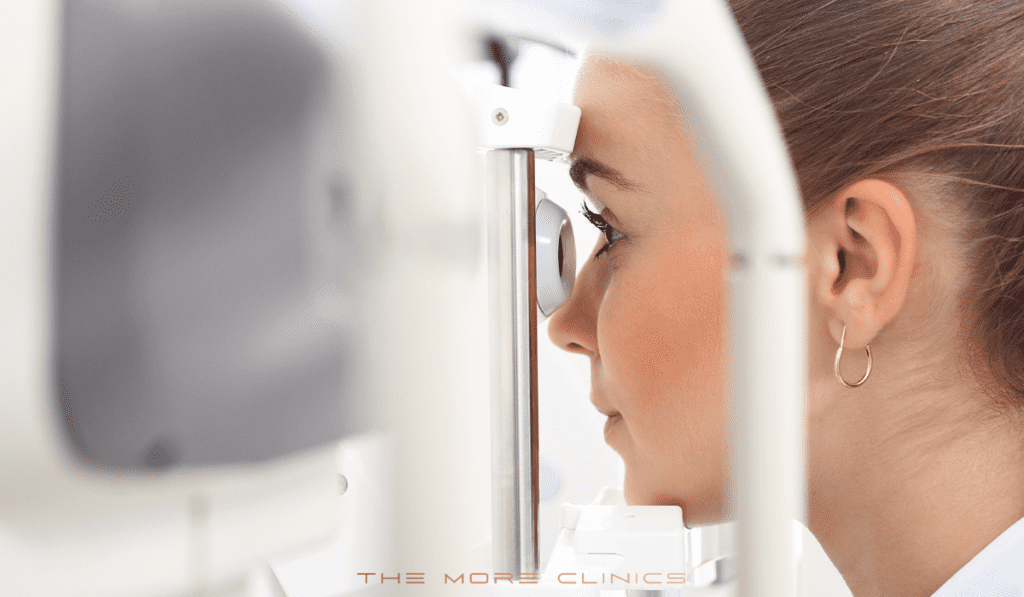
Prevention
While presbyopia is a normal part of the aging process and cannot be completely prevented, it is possible to take steps to protect overall eye health and potentially delay the onset of presbyopia. Here are some strategies to consider:
- Regular Eye Examinations: Regular comprehensive eye exams can detect presbyopia and other eye conditions at their earliest stages when they’re most treatable.
- Healthy Diet: Eating a diet rich in fruits, vegetables, and whole grains promotes good eye health. Foods rich in antioxidants, especially Vitamins A and C, can help prevent damage that could lead to presbyopia.
- Protect Your Eyes: Wear sunglasses and a wide-brimmed hat to protect your eyes from harmful UV light when you’re outdoors.
- Limit Screen Time: Prolonged computer, tablet, and smartphone use can strain the eyes. It’s essential to take regular breaks when doing close-up work to reduce the strain on your eyes.
- Quit Smoking: Smoking can increase the chances of eye diseases, including conditions that harm the lens of the eye.
- Use Adequate Lighting: Ensure that you have good lighting when reading or doing other close-up work. This can reduce eyestrain and help your eyes focus better.
- Control Other Health Conditions: Managing other health conditions like diabetes or high blood pressure can lower your risk of developing presbyopia.
Frequently Asked Questions
- Is presbyopia preventable?
No, presbyopia cannot be prevented as it is a natural part of the aging process. However, certain behaviors like using UV-blocking sunglasses and limiting close-up work can help reduce the risk of developing this condition earlier than expected.
- Can children have presbyopia?
Presbyopia is a condition that affects adults, typically over the age of 40. Children are not usually affected by this condition.
- Is presbyopia painful?
Presbyopia itself does not usually cause physical pain, but people with this condition may experience eyestrain and headaches from trying to focus on close-up objects.
- Are there any home remedies for presbyopia?
Unfortunately, there are no known home remedies to cure or improve this condition. However, using good lighting and taking breaks when doing close-up work can help alleviate the symptoms of eyestrain and headaches associated with presbyopia.
Last Words from the More Clinics
Understanding the symptoms, causes, related refractive errors, and treatment options for nearsightedness (myopia) is crucial for maintaining good eye health and preventing further vision problems. Regular eye exams and appropriate treatment can help ensure clear vision and overall well-being. Always consult with an eye care professional to discuss your specific needs and determine the most suitable treatment plan for you.
At The More Clinics Turkey, we are committed to providing the highest quality of care and services to help you regain your vision. Our experienced team of doctors will work with you to create a personalized treatment plan that meets your needs and goals for clearer vision. Contact us today to learn more about our services and get started on your journey toward better vision!
GET A FREE CONSULTATION!
Let’s Start Planning Your Treatment %100 Guarantee Results.
SOURCES:
Mayo Clinic. “Presbiyobia”
American Academy of Ophthalmology “What Is Presbyopia?”
NBCI, National Library of Medicine :”Presbyopia – A Review of Current Treatment Options and Emerging Therapies”
Research Gate, “Current Management of Presbyopia” :
HOW THE MORE CLINICS KEEP THE CONTENT UP TO DATE:
Our dedicated medical and editorial teams work tirelessly to stay informed about the ever-evolving world of health news. By rigorously tracking the latest research, clinical guidelines, and significant developments across various medical fields, they ensure that our content remains accurate, relevant, and up-to-date. This includes reviewing peer-reviewed studies, consulting with healthcare professionals, and monitoring advancements in medical technology. Their meticulous efforts and attention to detail allow us to provide you with trustworthy, reliable information that you can depend on to make informed decisions about your health and well-being.
However, we still insist on getting a healthcare professional’s opinion before you make any decision about your health. Consulting with a qualified expert ensures that the choices you make are informed, safe, and tailored to your individual needs.
Last Updated at November 06, 2024
Medically Reviewed by: Halil İbrahim Kaya, MD, Ophthalmologist
